Quinta da RegaleiraAntónio Augusto Carvalho Monteiro (1848 – 1920), commissioning Luigi Manini (1848 – 1936)
Extant
Rua Barbosa Du Bocage, Sintra, Lisboa, Portugal
1900-1912
About the Artist/Site
This property, which includes a wide variety of ornately ornamented buildings as well as constructed simulated grottoes, water elements, whimsical formations, and inverted towers, was commissioned by Carvalho Monteiro in the last years of the 19th century and was designed by Italian set designer and architect Luigi Manini. In the tradition of such follies as the O Pasatempo site in Betanzos, Spain, this property – which has become part of the UNESCO World Heritage Site of Sintra – was primarily constructed between 1900 and 1912, and was developed to reflect the cosmos through symbols and iconography utilized by the Masons, the Knights Templar, and the Rosicrucians. The four-hectare site includes an almost bewildering variety of architectural styles, including Roman, Gothic, Renaissance, and Manueline, and also includes numerous grottoes and wild gardens that reflect the narratives of Greek mythology, Virgil, Dante, and Milton.
Monteiro, a millionaire businessman born in Rio de Janeiro, was a noted bibliophile, collector, and philanthropist. He purchased the property in 1892 from the Barons of Regaleira, and developed the Quinta’s main palace as the family’s summer home. Working with Manini, he commissioned numerous well-known artisans to sculpt the stone and wood whose work is featured with such exuberance throughout the estate – including a pathway of nine Greek gods – as well as in its grottoes, towers, fountains, and tunnels. The main palace, of five floors, includes sculpted homages to the grand epoch of Portuguese discoveries and colonizations as well as to the life of Christ and more intimate references to the Monteiro family; imagery includes both naturalistic and more fantastic figures, animals, and plant forms. A chapel and numerous outlooks and turrets provide striking views of the property set against the lush mountainous landscape.
Numerous pathways wind their way up the hill from the palace through the expansive gardens, marked by a series of mysterious built structures, caves, and grottoes that reference a Dante-esque universe with parallel worlds existing above and below ground. A series of tunnels connects built grottoes and artificial lakes; there are also enigmatic constructed caves and inverted towers, the largest of which – the “Well of Initiation” – burrows 27 meters (almost 100 feet) into the earth. Accessible via a winding staircase with nine levels referencing the nine circles of hell and paradise, this well was never intended to serve as a source of water; instead, it was used for ceremonial and symbolic rites, including those of the Tarot, which were intended to intensify the relationship between heaven and earth. The purposely untended vegetation on the upper levels of the estate reflected Monteiro’s adherence to the landscape theory of “primitivism,” while it also enhances the experience of discovery as the visitor moves between the elements, trying to determine which were placed by Manini’s artisans and which might be natural features. Several of the tunnels and caves are covered with rocks brought in from the coast in the Peniche region, chosen in order to give a sense of being in a submerged world.
Following the deaths of both the owner and the architect/designer, the Quinta was sold to Waldemar d’Orey in 1942, who used it as a private residence, maintaining and restoring it as necessary. This family sold it in 1987 to a Japanese company that closed it to the public; they in turn sold it to the municipality of Sintra in 1997. Following an extensive restoration program, the site was opened to the public that following year; as a “public interest property,” it is slated to remain open and accessible in perpetuity. Modest entrance fees are charged; it is open all year and also hosts a variety of events, including musical concerts and theatre productions. Opening hours gradually lengthen during spring and summer months.
~Jo Farb Hernández, 2016
Contributors
Map & Site Information
Rua Barbosa Du Bocage
Sintra, Lisboa
pt
Latitude/Longitude: 38.7908897 / -9.411474
Nearby Environments


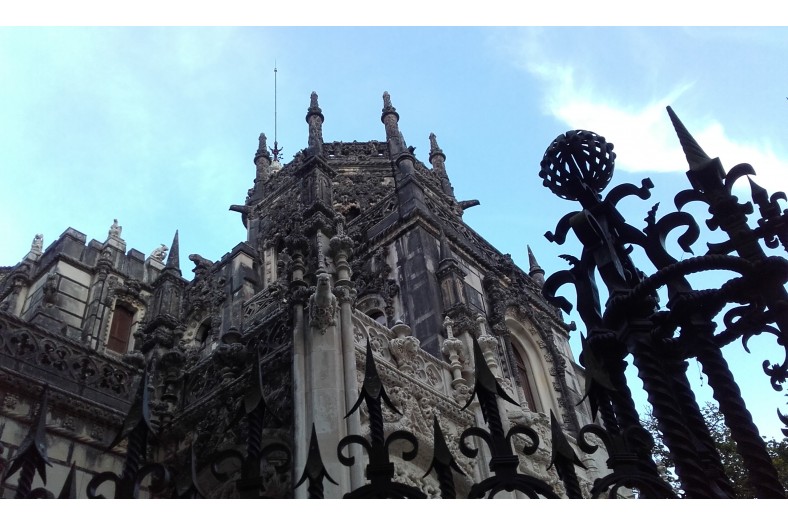
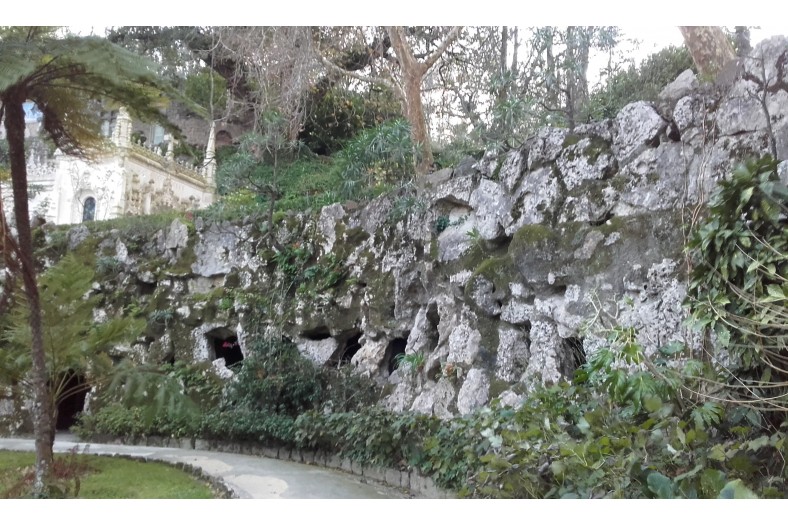
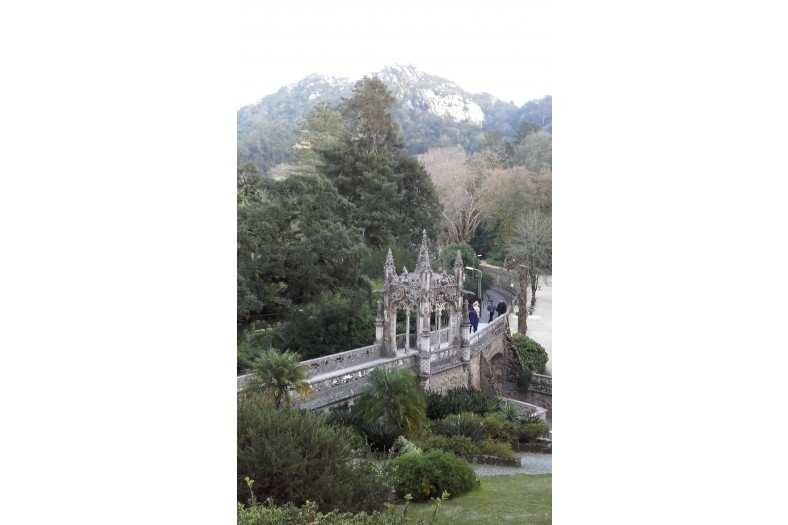
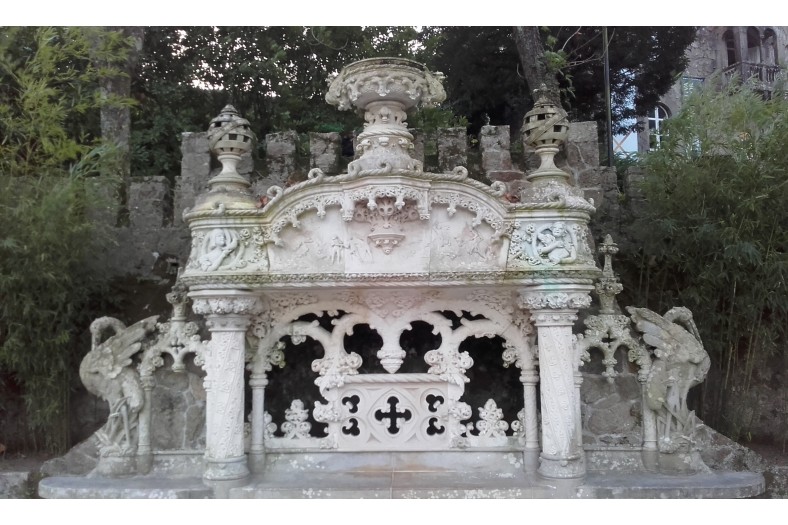

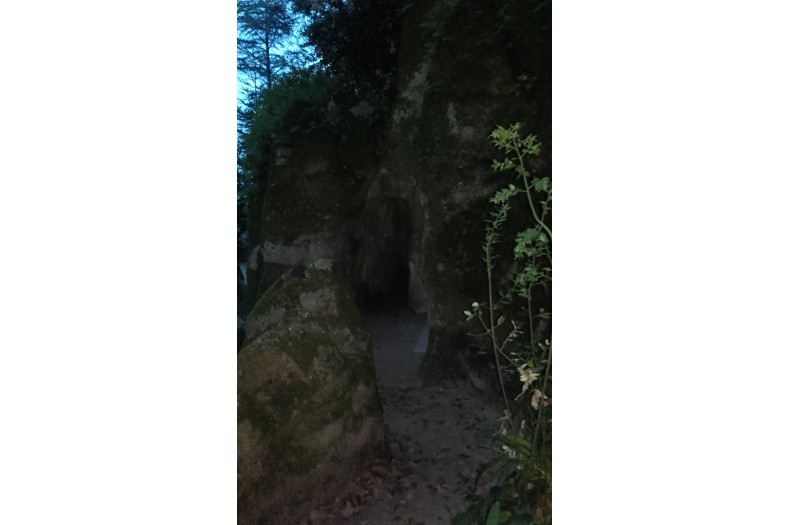
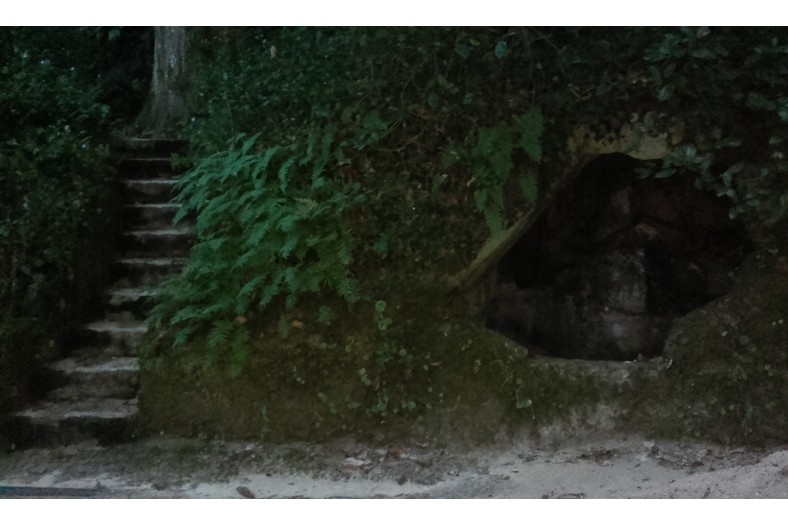
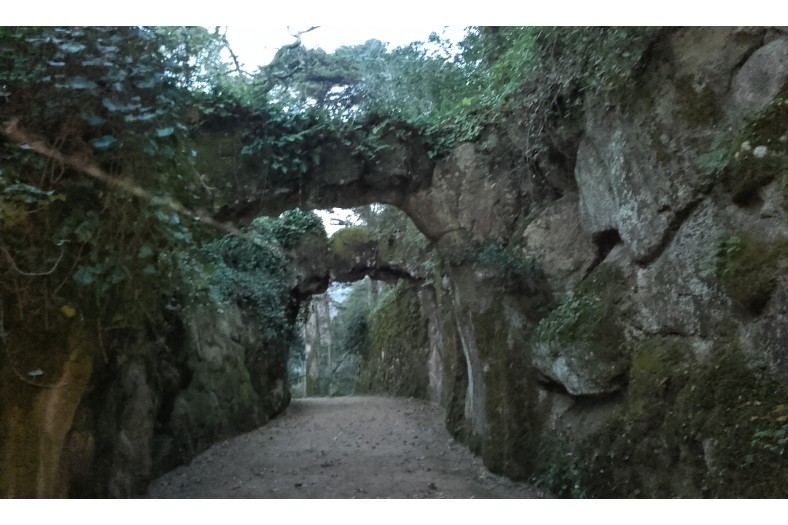
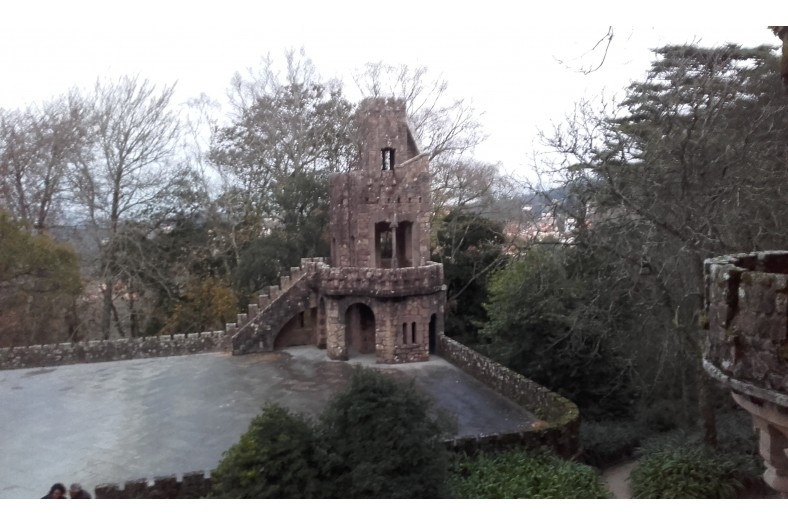

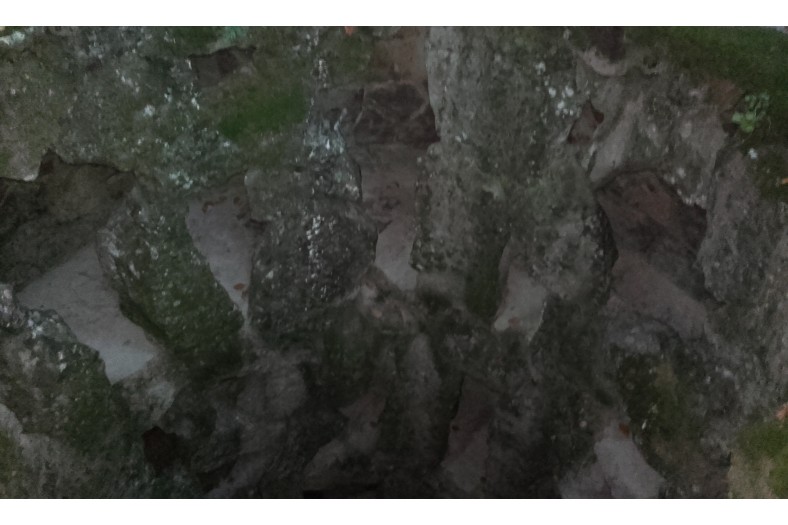
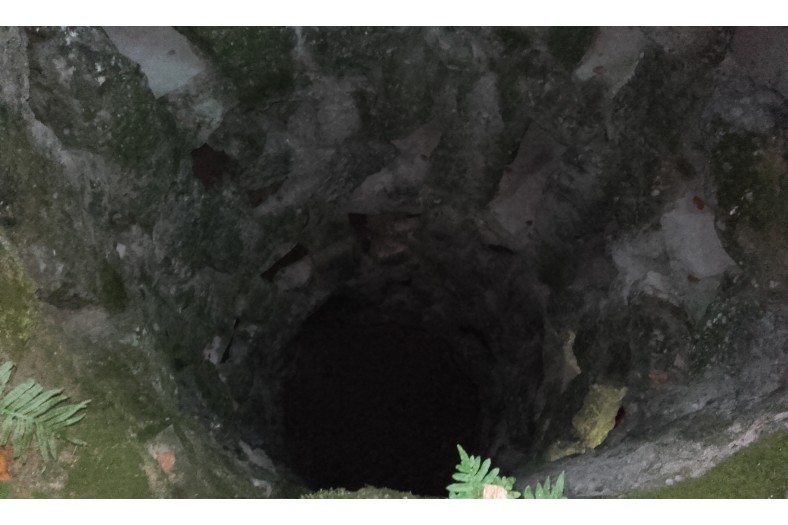
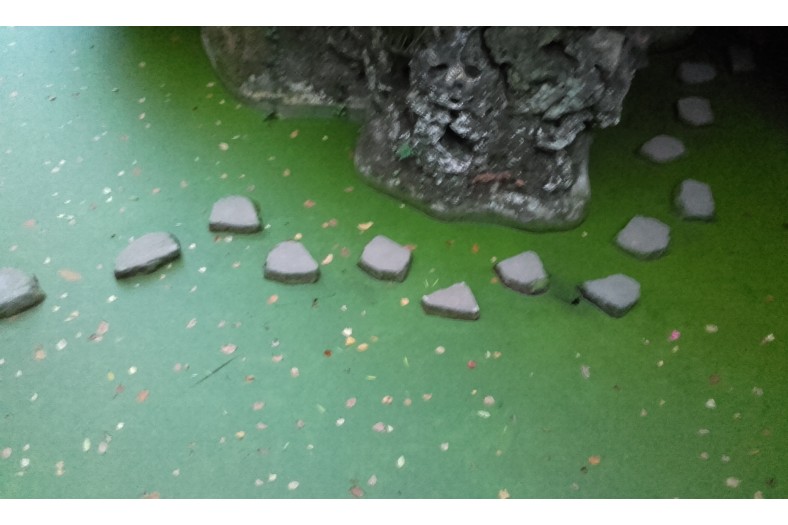
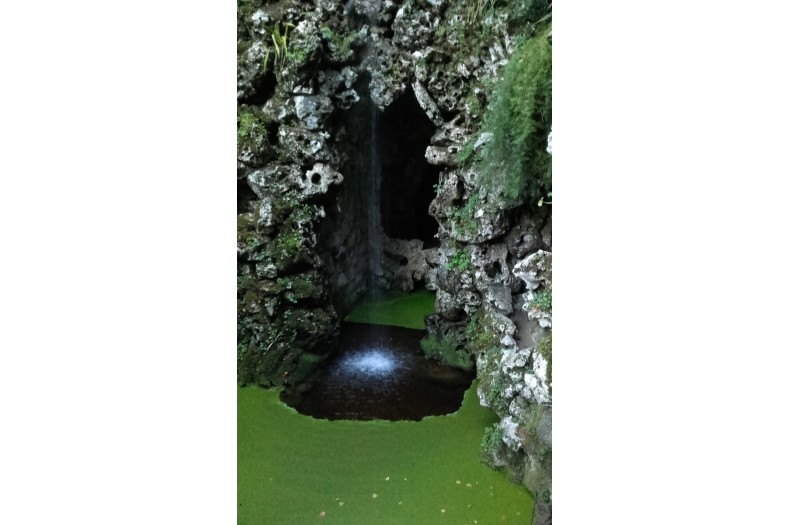

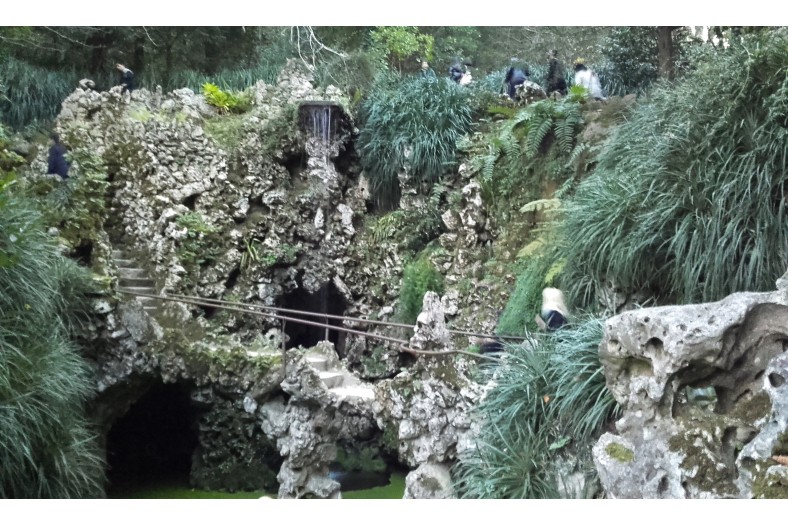
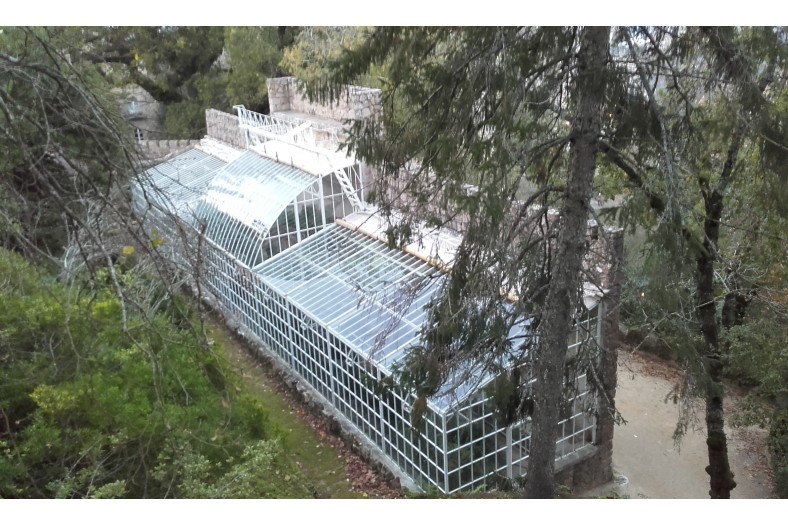
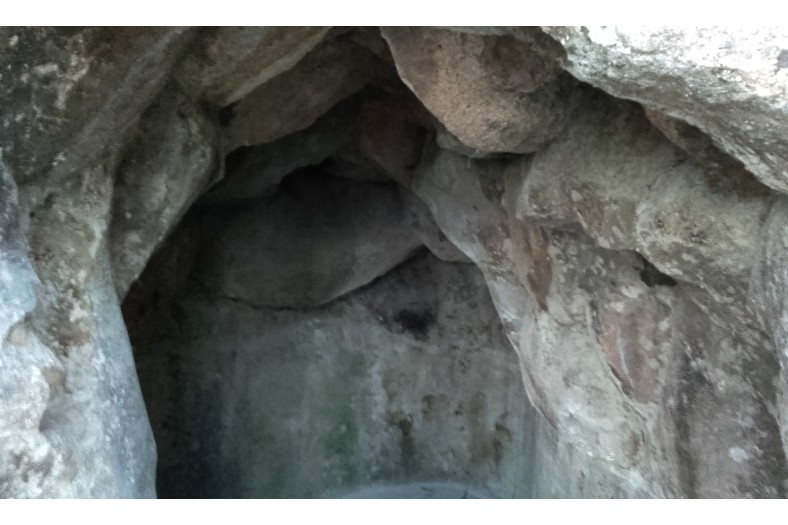
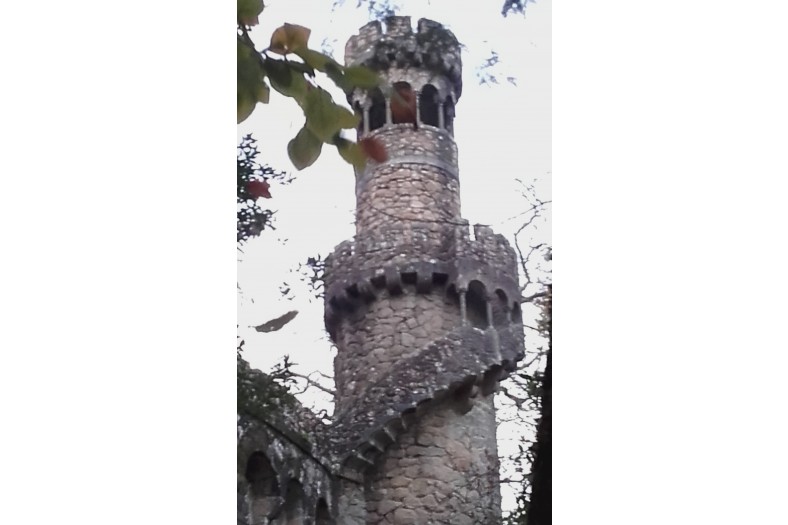
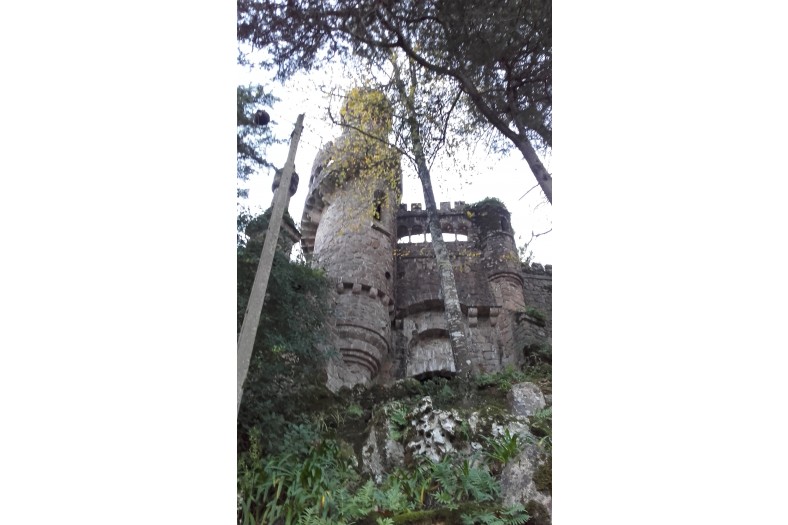
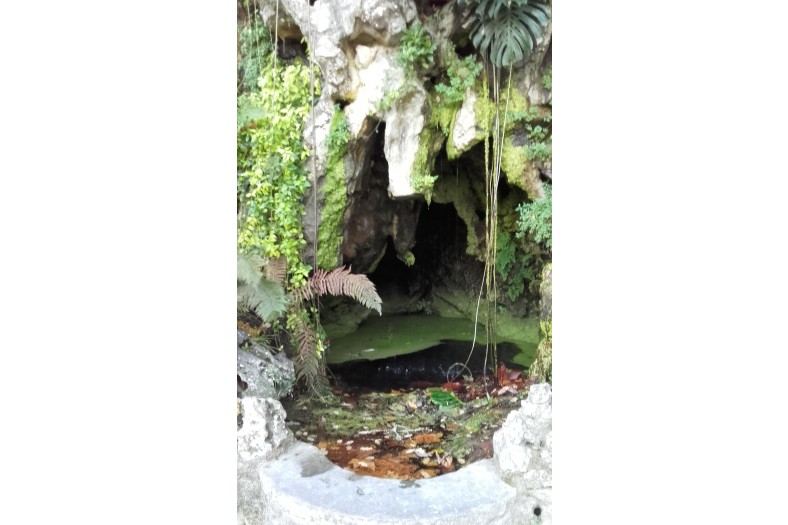
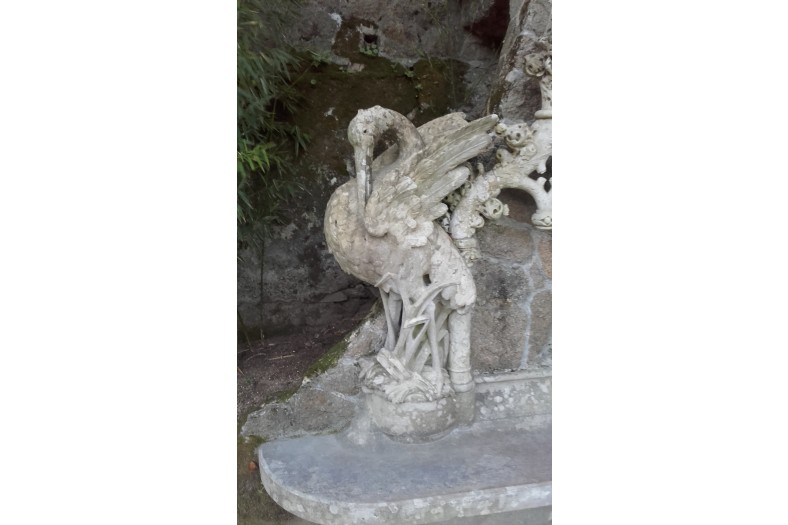
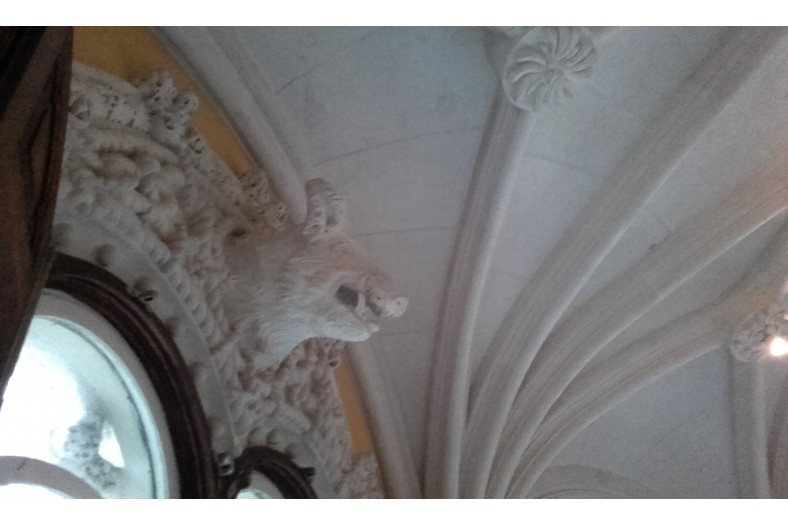

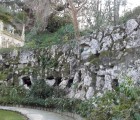
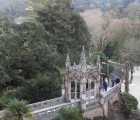
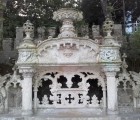
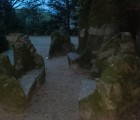
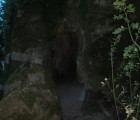
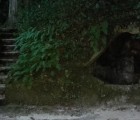
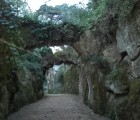
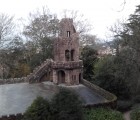
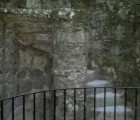
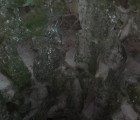
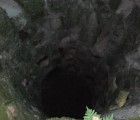
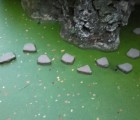
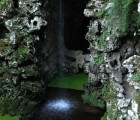
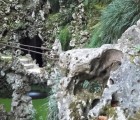
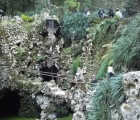
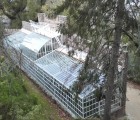
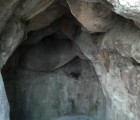

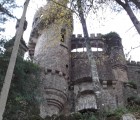
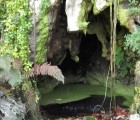
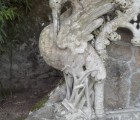
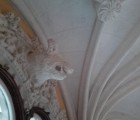
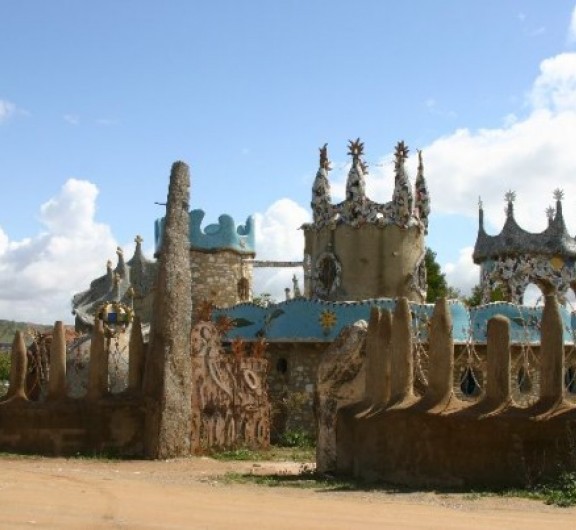
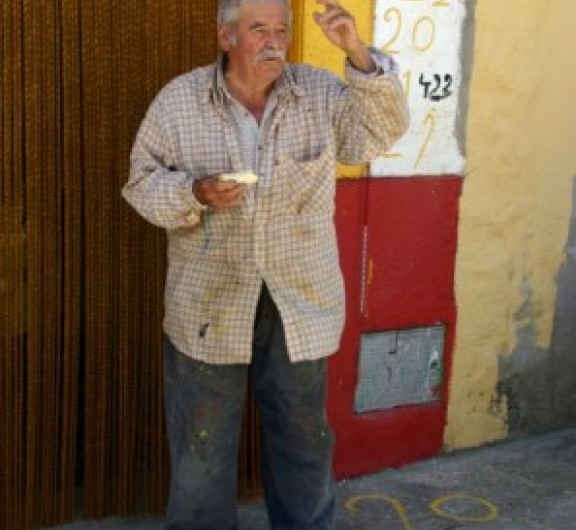
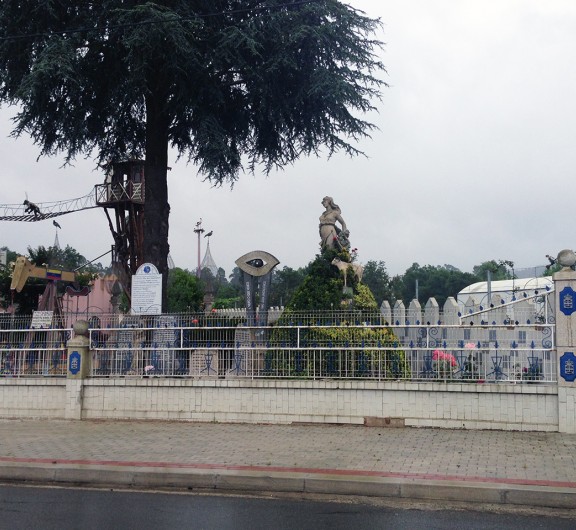
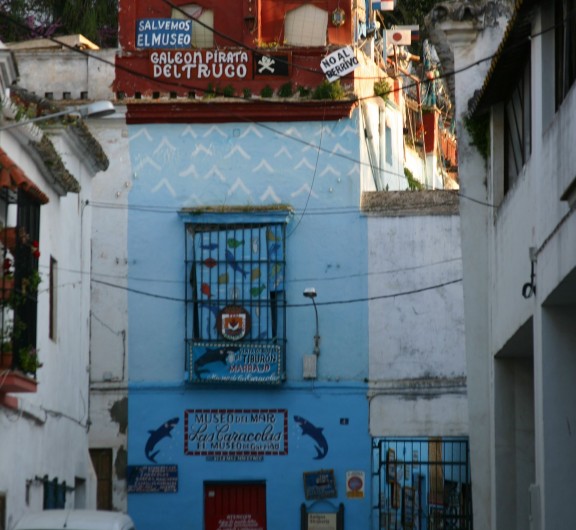
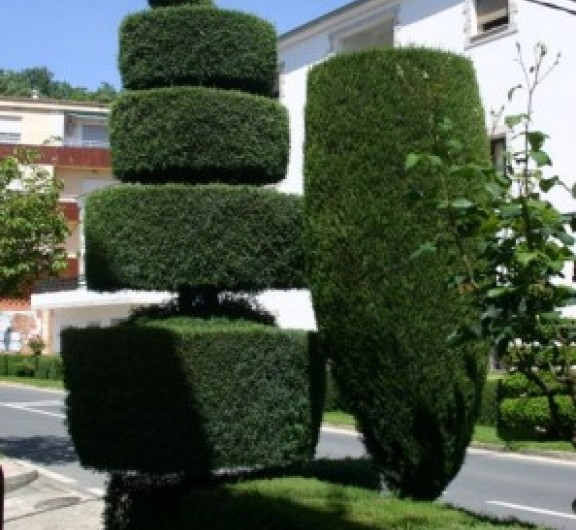
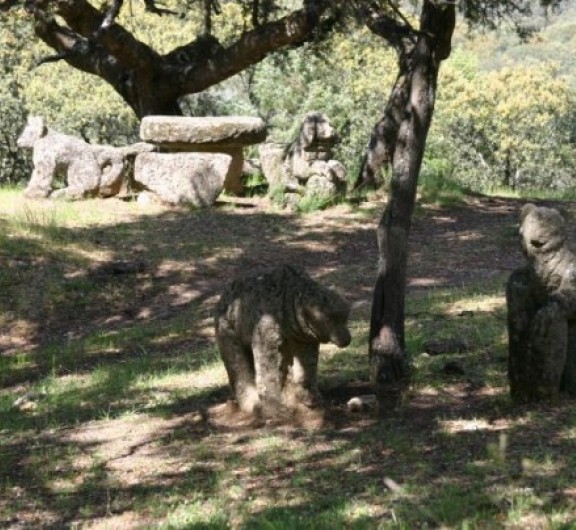

Post your comment
Comments
No one has commented on this page yet.